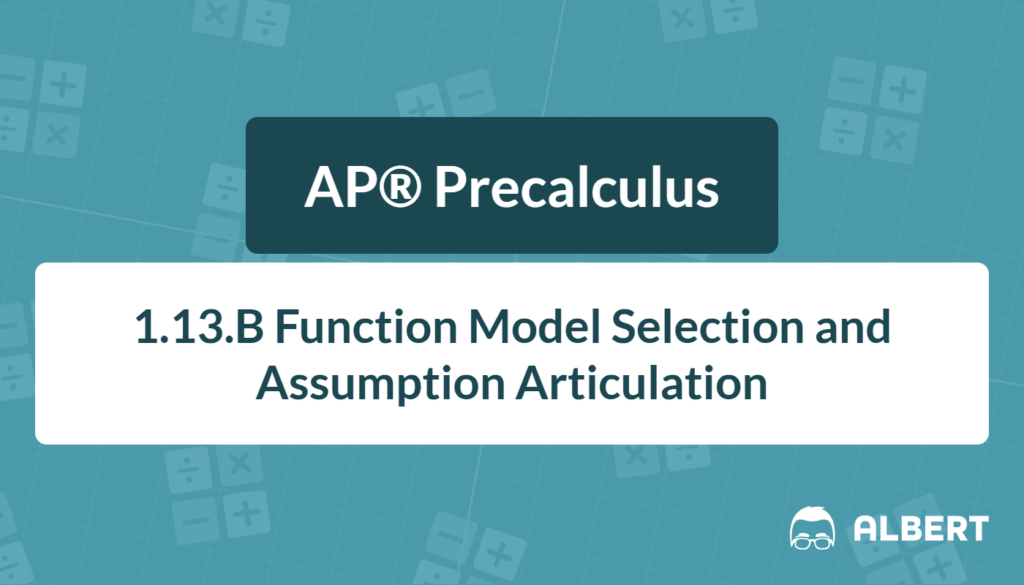What We Review
Introduction
Precalculus is a crucial step for students diving deeper into mathematics. A key part of precalculus is function modeling, which helps represent real-world situations with mathematical expressions. Ever wondered why certain math problems tell you what x can or can’t be? That’s where domain restrictions come into play. By understanding domain restrictions, one can ensure functions make sense within their context, avoiding impossible scenarios and helping predict outcomes accurately.
Understanding Function Models and Domain Restrictions
A function model is essentially a rule that relates one variable to another. For instance, if y = f(x), the variable y depends on x. Assumptions in function modeling are crucial as they shape how the model behaves. Without clear assumptions, predictions could go haywire. Ever tried fitting a square peg in a round hole? Function models work the same way—they need fitting assumptions to function properly.
Domain Restrictions Explained
The domain of a function, simply put, is the collection of all possible inputs, typically represented by x values. These restrictions ensure the function avoids undefined regions. For instance, the square root function, f(x) = \sqrt{x}, needs x \geq 0 to make sense since you can’t square root a negative number in real numbers.
Example: Identifying Domain Restrictions
Let’s consider the function f(x) = \frac{1}{x-3}.
- Identify the restriction: The denominator x-3 cannot be zero.
- Solve to find restricted values:
- Set x-3=0.
- Solve: x=3.
- Therefore, the domain is all real numbers except x=3.
Range Restrictions
Range describes all possible outputs of a function. Similar to domain restrictions, restriction of range ensures the results of the function are practical. For example, the function f(x) = x^2 gives non-negative outputs, so its range is y \geq 0.
Example: Determining Range Restrictions
Consider g(x) = 2x + 5:
- Determine behavior: This linear function has no inherent restrictions since it can produce any real number.
- Therefore, the range of g(x) is all real numbers (-\infty, \infty).
Building Function Models with Assumptions
Assumptions are underlying beliefs about how variables relate in a model. They prevent models from veering into nonsensical territories. Think of assumptions as traffic lights directing function models on the right path.
For example, in a population growth model, assuming limited resources has a major impact. If the population approaches the resources’ limit, growth slows, changing the output drastically.
Real-World Applications
Understanding domain and range isn’t limited to the classroom. In science, predicting an ecosystem’s response to changes depends heavily on domain and range. In economics, supply-demand curves rely on these concepts to restrict variables for accurate analysis.
Imagine a music venue that seats 10,000 people and is selling tickets for an upcoming concert. The ticket price, p, depends on the number of tickets sold, n. The relationship between p and n is modeled by the equation:
p(n)=50−0.002
where:
- n is the number of tickets sold (0≤n≤10,0000)
- p(n)is the price of each ticket in dollars.
The domain of the function represents the number of tickets sold, n. Mathematically, the model implies that n could be any non-negative value. However, contextual clues lead to restricting domain because:
- The venue can sell a maximum of 10,000 tickets.
- Negative ticket sales don’t make sense in this scenario.
Domain restriction: 0≤n≤10,0000
Applying Standard 1.13.B.4: Range Restrictions
The range of the function represents the ticket prices. Based on the function:
- If no tickets are sold (n=0), the ticket price is p(0)=50.
- If all 10,000 tickets are sold (n=10,000), the ticket price is p(10,000)=50−0.002(10,000)=30
However, contextual clues suggest that ticket prices should be rounded to the nearest dollar, as ticket prices typically aren’t sold in fractions of a dollar.
Range restriction: 30≤p(n)≤50, rounded to whole numbers, so p(n) takes integer values.
Practical Tips for Students
- Always identify possible restrictions before attempting to model a real-world scenario with a function.
- Practice with varied functions to get comfortable spotting domain and range restrictions.
- Remember, functions are like recipes—they need specific ingredients (or inputs) to work correctly.
Quick Reference Chart of Important Vocabulary
| Term | Definition |
| Domain | All possible input values of a function (x values). |
| Range | All possible output values of a function (y values). |
| Domain Restrictions | Conditions limiting the input values. |
| Range Restrictions | Conditions limiting the output values. |
| Function Model | A mathematical representation relating an input to an output. |
Conclusion
Mastering function models and their assumptions helps in navigating precalculus with precision. Engaging with examples and practice problems is key. So, dive into coursework, ask questions, and review notes. Remember, every great mathematician started with the basics!
Sharpen Your Skills for AP® Precalculus
Are you preparing for the AP® Precalculus exam? We’ve got you covered! Try our review articles designed to help you confidently tackle real-world math problems. You’ll find everything you need to succeed, from quick tips to detailed strategies. Start exploring now!
- 1.12 Transformations of Functions
- 1.13.A Function Model Selection and Assumption Articulation
- 1.14 Function Model Construction and Application
Need help preparing for your AP® Precalculus exam?
Albert has hundreds of AP® Precalculus practice questions, free responses, and an AP® Precalculus practice test to try out.









